The winners of the International Photography Award 2018 are Copenhagen-based collective Sara, Peter & Tobias,…
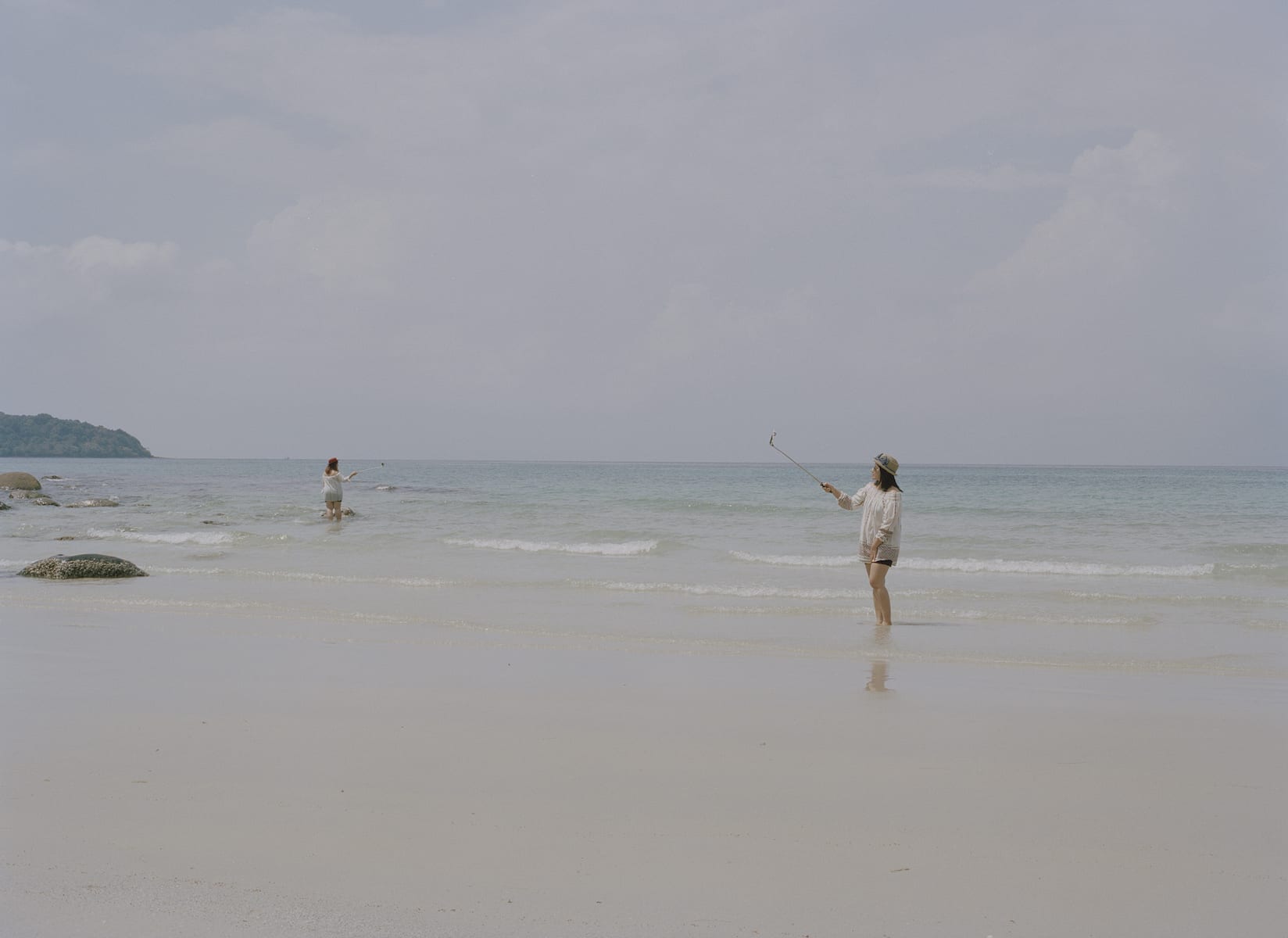

The winners of the International Photography Award 2018 are Copenhagen-based collective Sara, Peter & Tobias,…
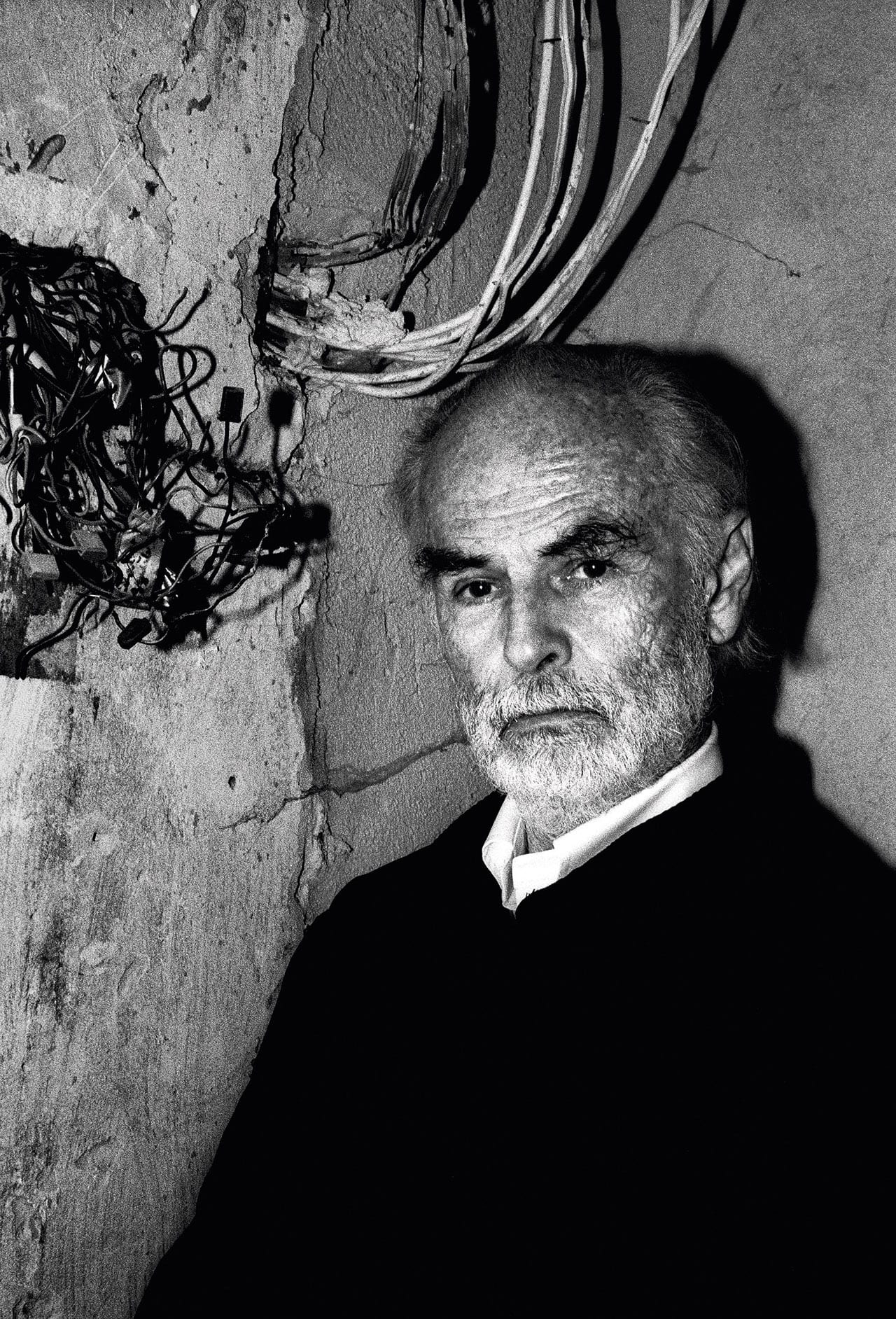
This “photographer’s photographer” is known for his measured understatement and his influential books, such as The Pond (1985) and Berlin in the Time of the Wall (2004). His latest, Looking Up Ben James – A Fable, will soon be published by Steidl, and he’s currently working on his next, The Last Days of Fontainebleau, shot in his hometown, Washington DC
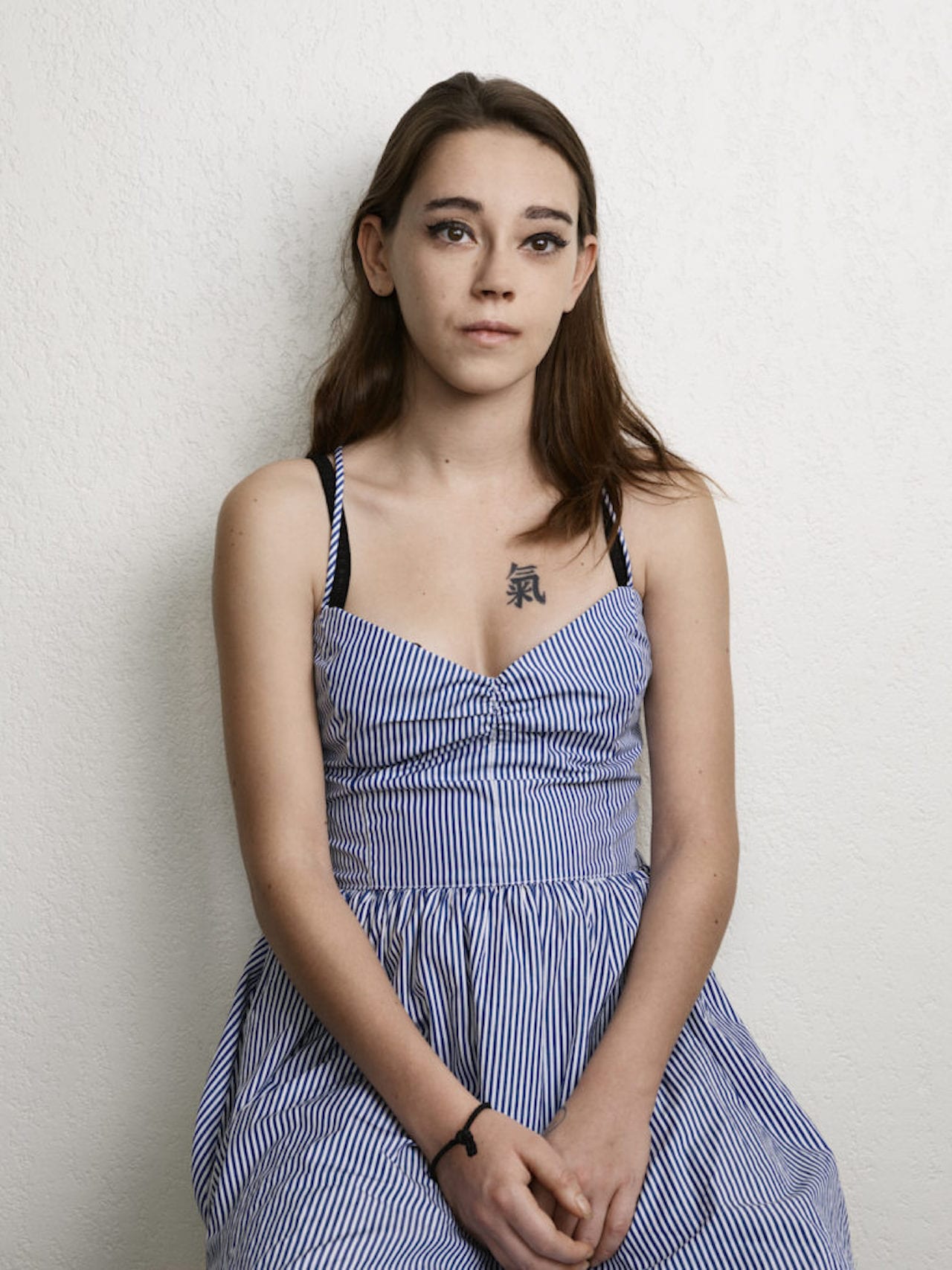
Photographs of women prisoners typically depict them in their cells, behind bars, their femininity stripped away. In contrast to this, French photographer Bettina Rheims has made a series of studio-like portraits of women in four jails across France, images that seek to restore and capture the feminine aspect of their identity. Titled Détenues [Detained], the series comprises 68 frontal portraits shot against white walls in Autumn 2014, and is currently on show in the chapel of Château de Vincennes – a former royal castle near Paris, that housed ‘women of ill repute’ in the 18th and 19th centuries. The exhibition is accompanied by a book, published by Gallimard.
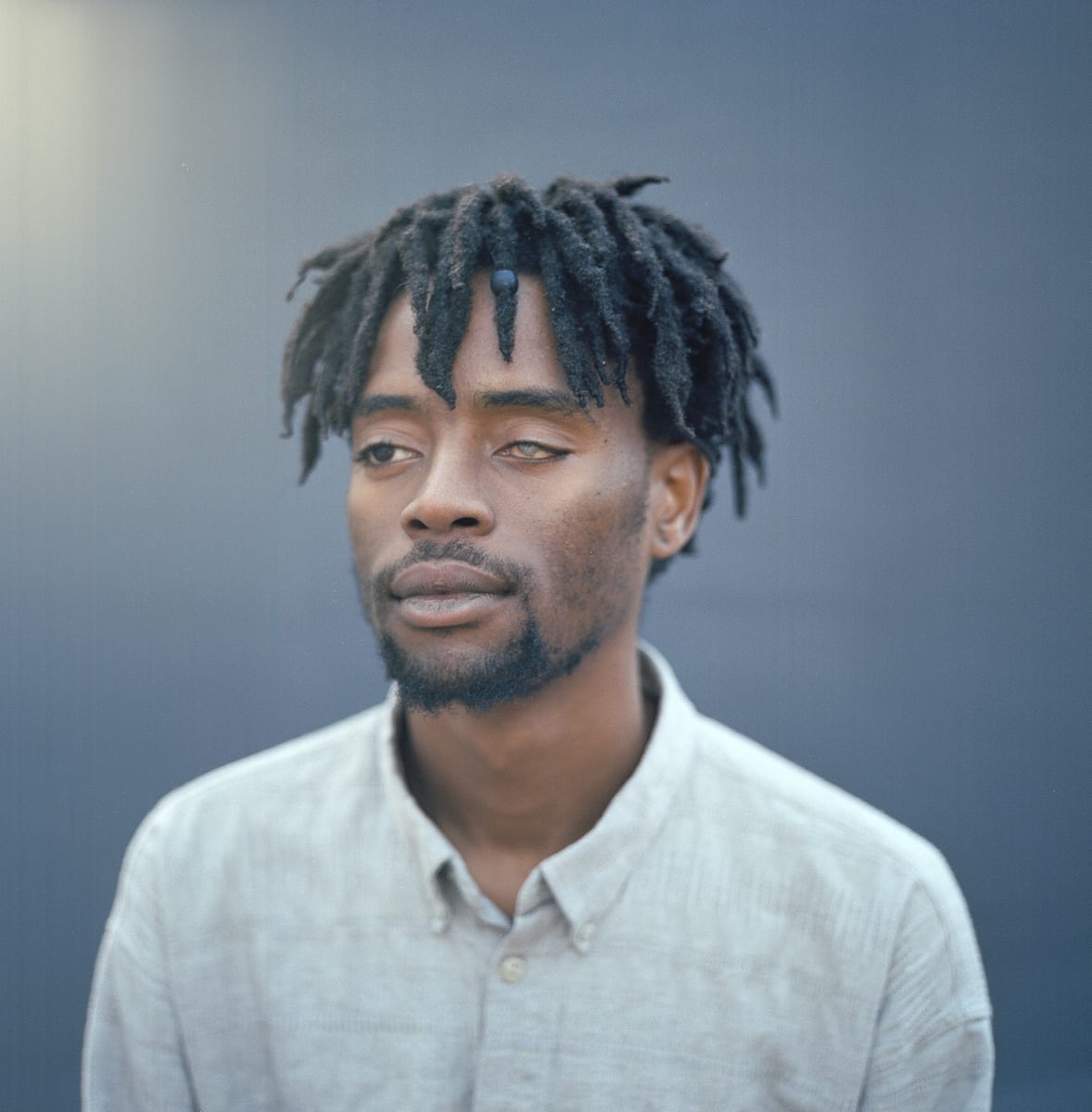
Harry Flook is a Bristol-based writer and photographer, whose photographic work is rooted in his…
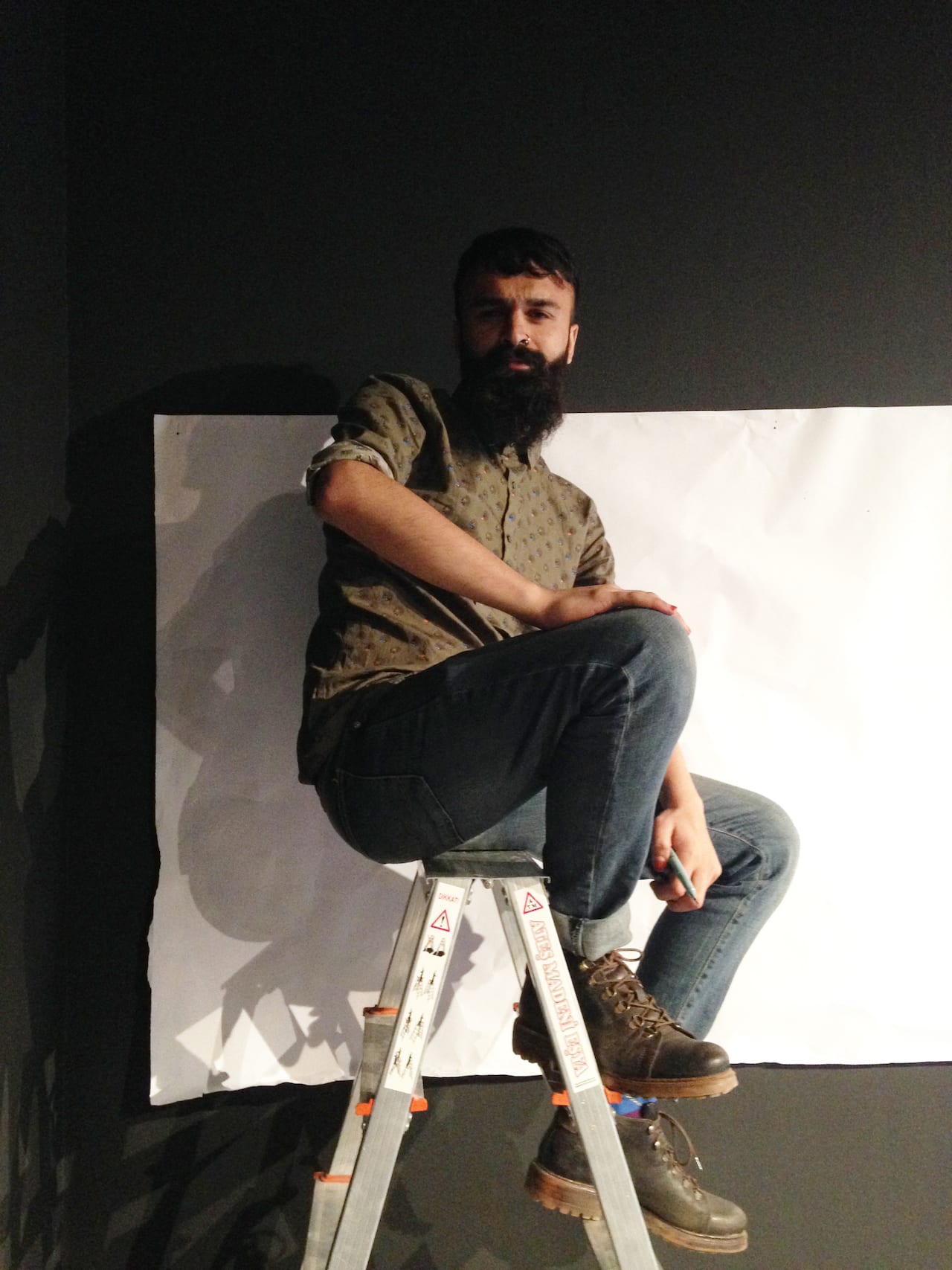
“I was not surprised at all at being arrested,” Çağdaş Erdoğan tells BJP. “It’s enough to say that as we speak there are still 170 reporters in prison in Turkey.”
The 26-year-old only recently regained his freedom, after being arrested on 02 September 2017 for taking photographs in Yoğurtçu Park. Officially he was taken into custody for photographing the Millî İstihbarat Teşkilatı (MİT) building, the home of Turkey’s answer to MI5, the National Intelligence Organisation. “But it is entirely fictitious,” he tells BJP, “because the place where I photographed is just a park and there isn’t any building, or even signs that show the presence of a restricted area where you cannot take pictures. Shortly after, the main reason of my arrest became the fact that I didn’t share any information about the contacts I used for some of my reportage as a journalist.
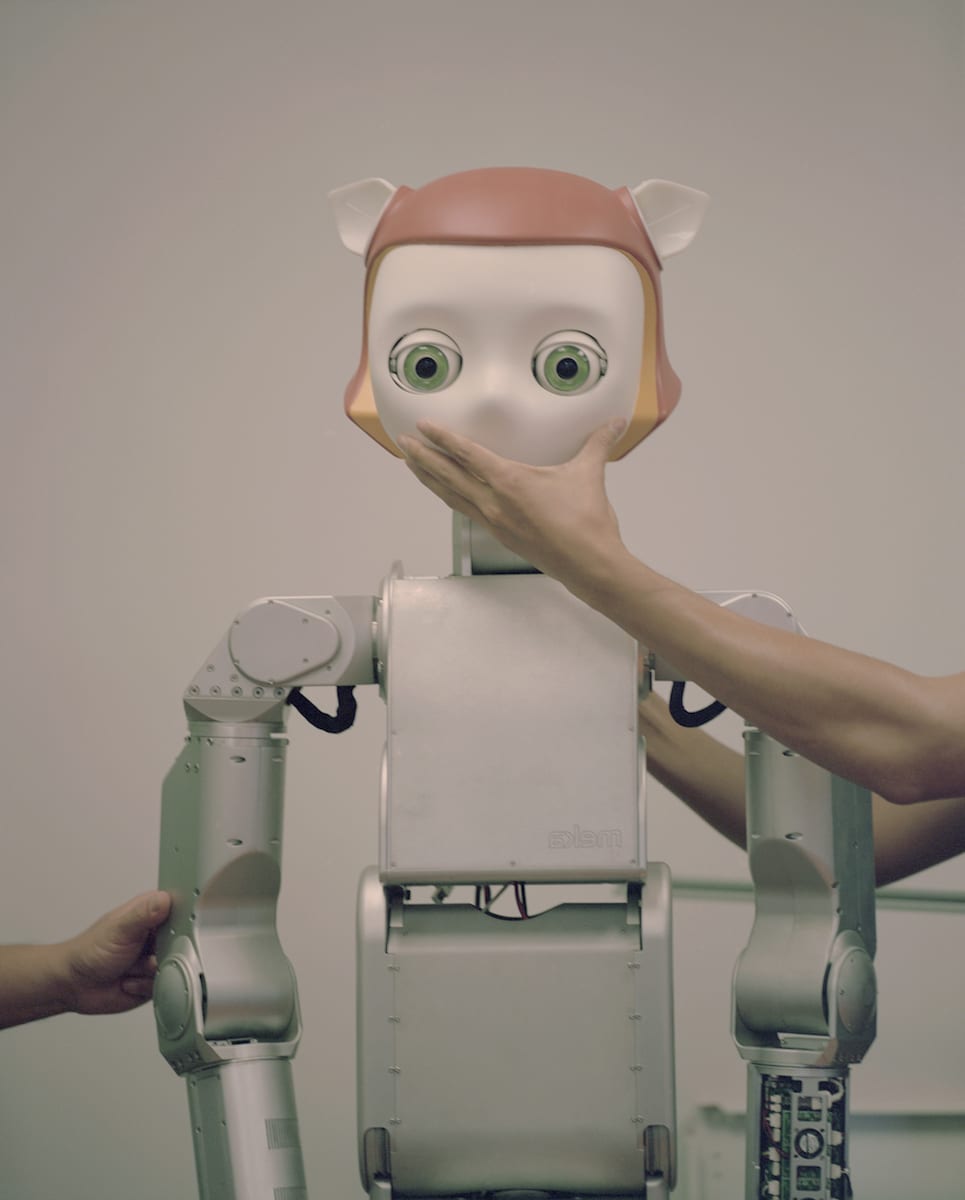
Last few hours left to apply! BJP IPA 2019 deadline: 20 December, 2018. There will be…
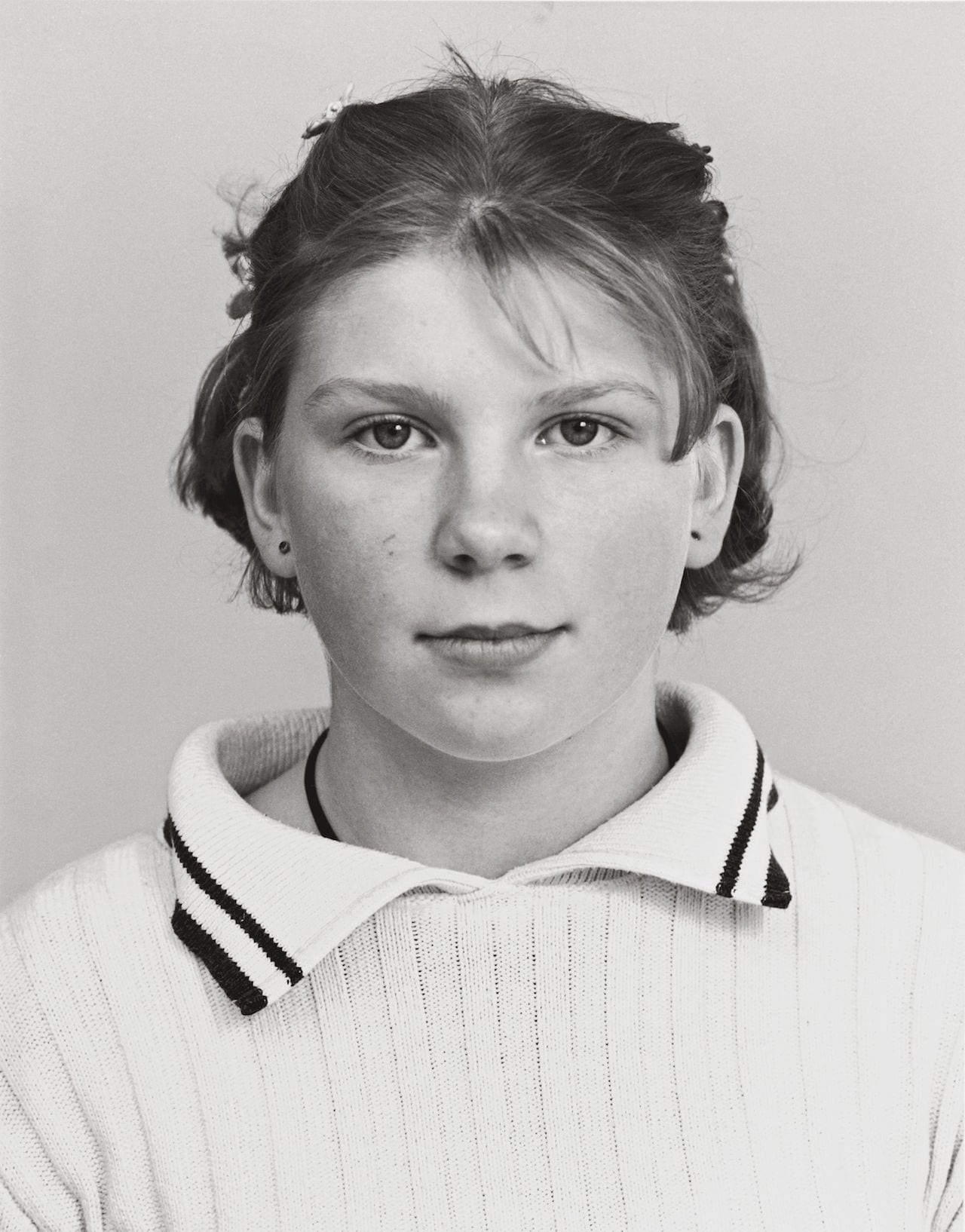
In terms of history and photography, 1938 was a significant year. With Germany’s annexation of Austria, the Munich Agreement, the November Pogrom and the Évian Conference, which addressed the international response to the refugee crisis, it was a decisive point in time, with repercussions that would shape generations to come. It was also the year that six iconic photographers, who would document this shifting world, were born. This spring, the occasion will be honoured with a special celebration at the Sprengel Museum Hannover, titled 1938. Birthday Party with Guests. Initiated to commemorate the 80th anniversary of German photographer Heinrich Riebesehl, whose archive is housed at the museum, the exhibition evolved into a wider historical survey that sketches an international perspective on the second half of the 20th century. Joining Riebesehl are Johan van der Keuken, Josef Koudelka, Boris Mikhailov, Daido Moriyama and Helga Paris. For curator Inka Schube, this wave of artists born in 1938 represents a very particular generation: those who experienced the Second World War as children, too young to remember much more than playing in its rubble but growing up in the world it created.
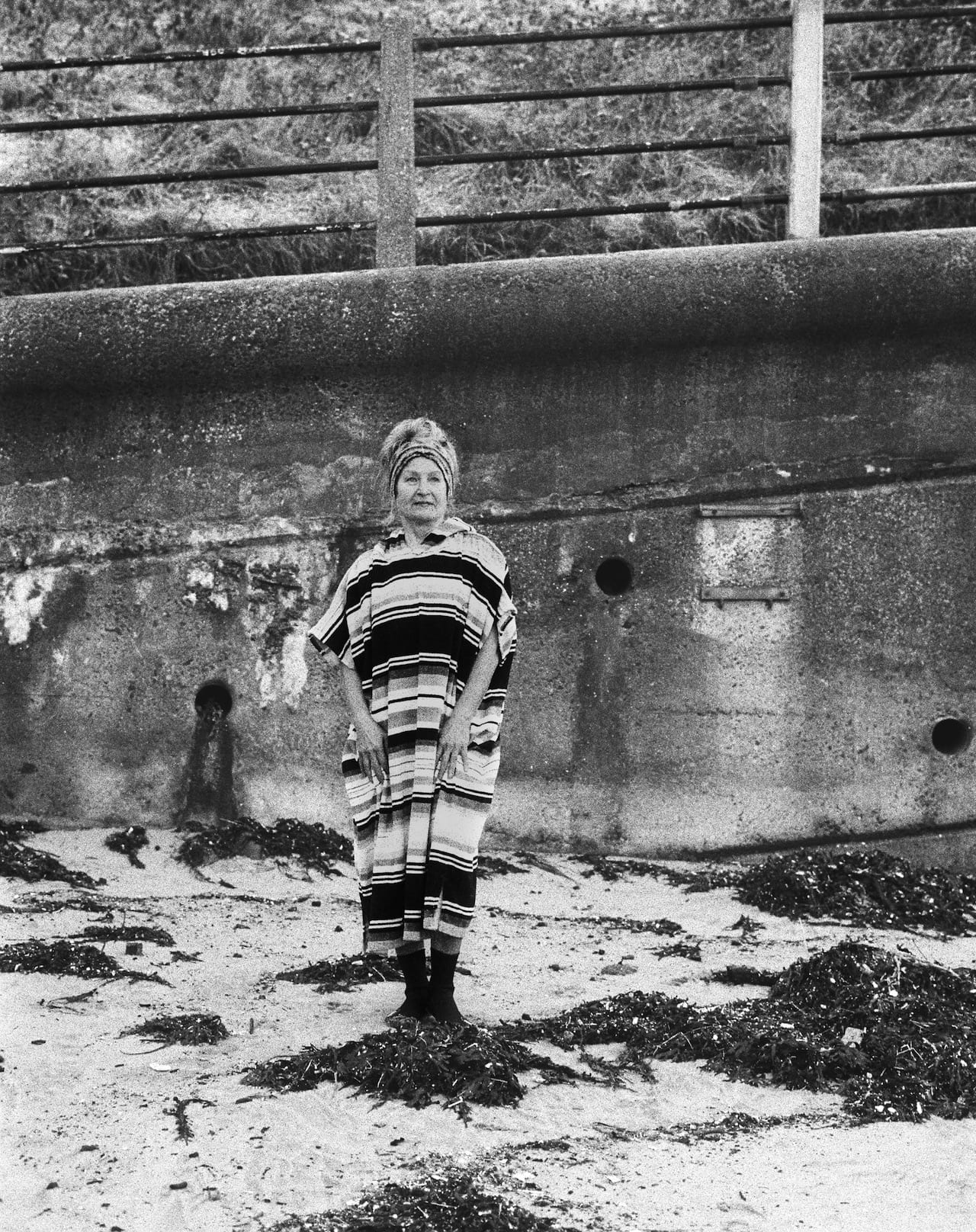
In 1969 the Finnish-born photographer Sirkka-Liisa Konttinen ditched her filmmaking course, moving to Newcastle with a group of idealistic young ex-students to found the Amber collective, and embarking on a series of long-term projects, including her seminal work on Byker, which was inscribed in the Unesco UK Memory of the World Register. Nearly 50 years on, she continues to live and work in the north-east as a member of Amber
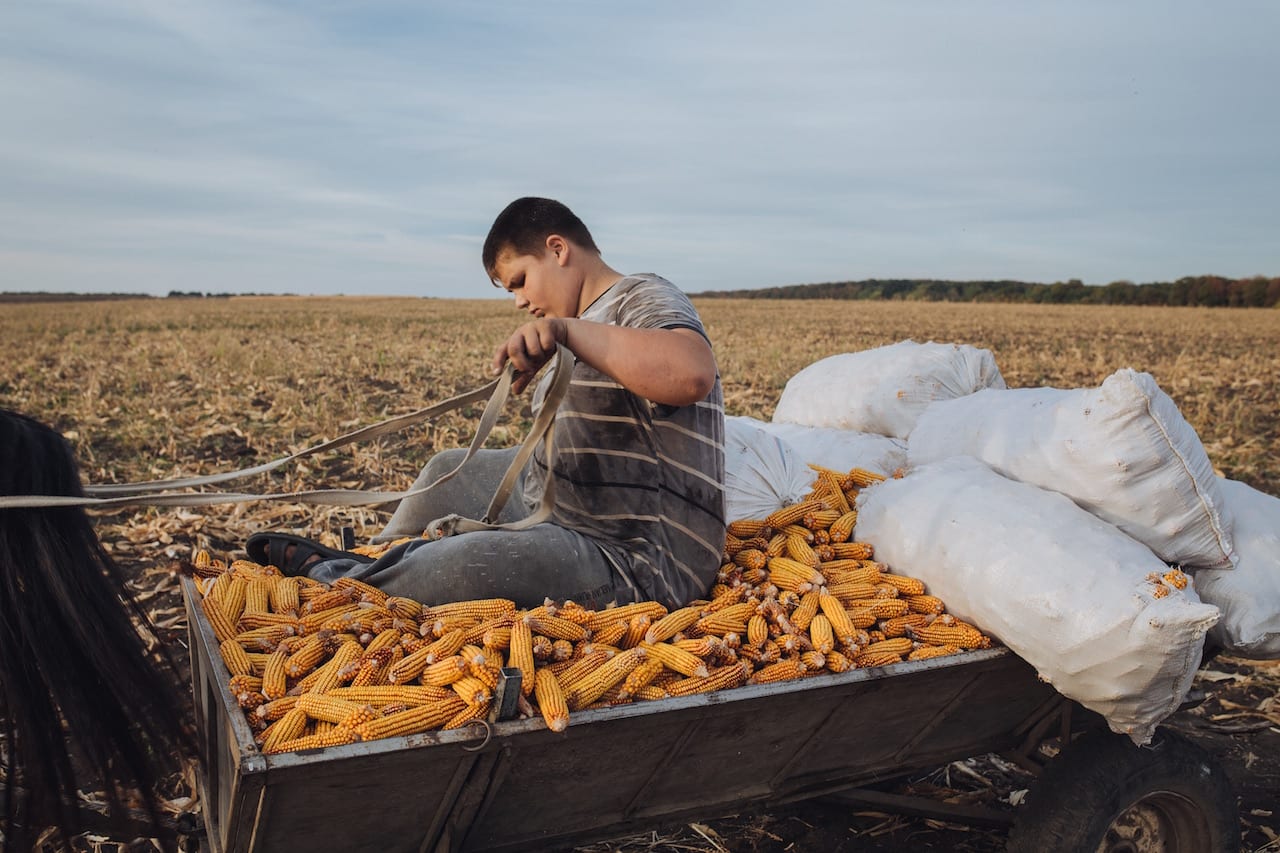
As Moldova proclaimed its independence during the collapse of the Soviet Union, a 400km stretch of territory wedged between its border with Ukraine also declared itself a separate entity. With its own flag, parliament and currency, Transnistria has all the apparatus of being a nation yet it is only officially acknowledged as an independent state by three other republics, all of them also with limited recognition. Born at the same time as this new state, in 1990, Anton Polyakov and Anya Galatonova are first generation Transnistrians whose work is dedicated to visualising life in the region, believing that photography plays a crucial role in affirming their homeland’s identity.